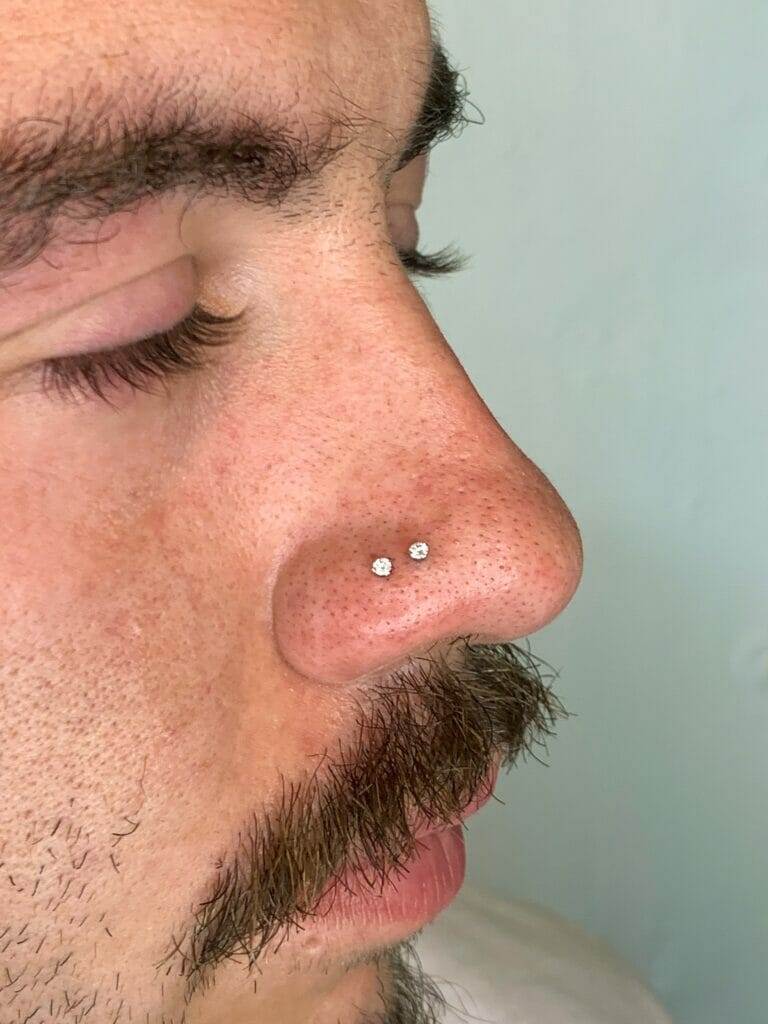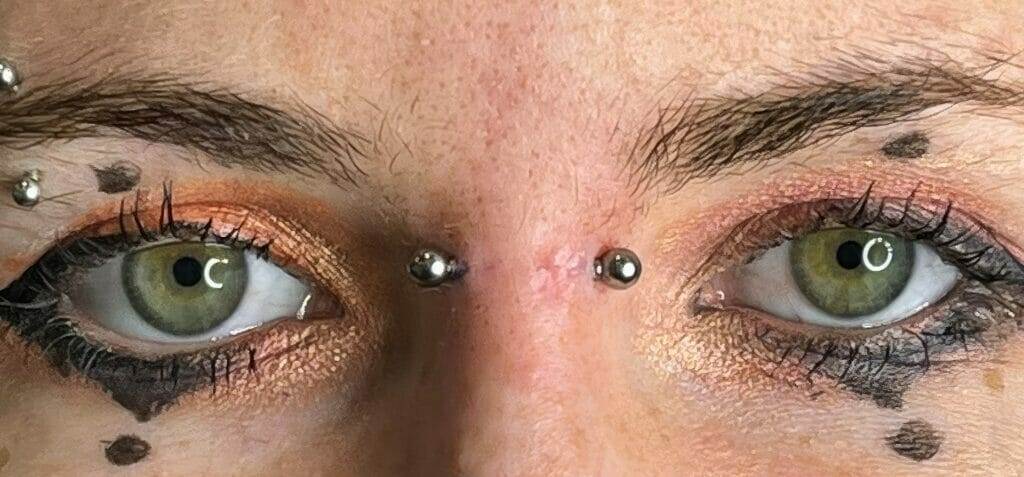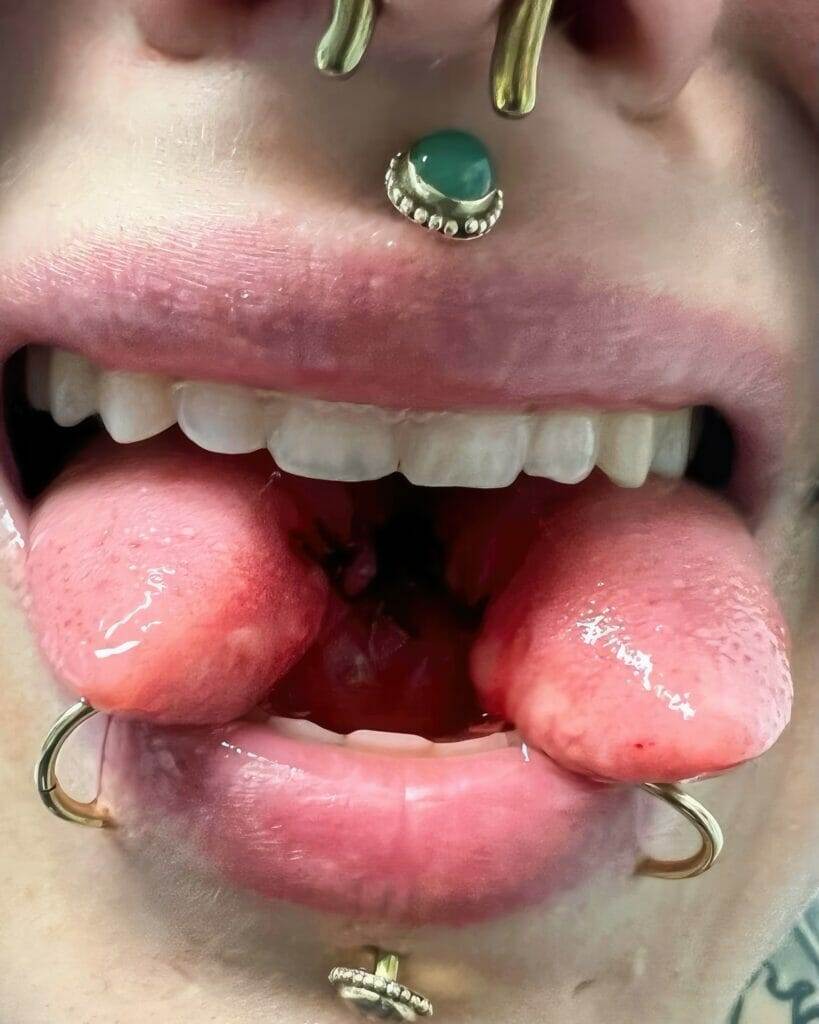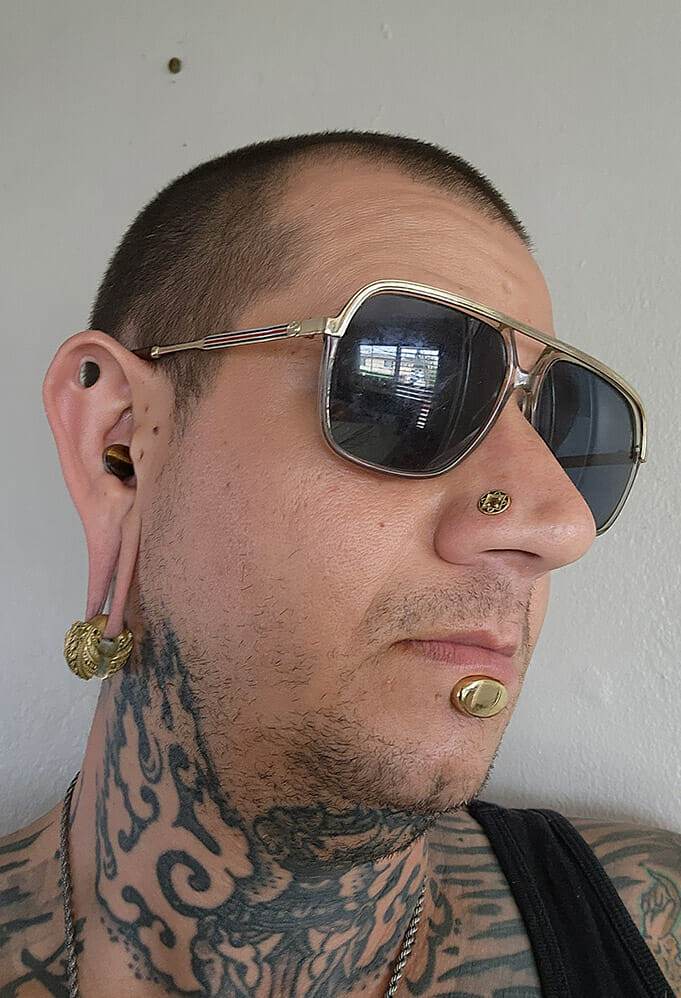Body piercing has been a form of self-expression and art for centuries. It is a way for individuals to adorn their bodies and showcase their unique style. From ancient times to modern day, body piercing has evolved and become more popular than ever. This article will explore the history of body piercing, the different types of piercings, factors to consider when choosing a piercing, the piercing process, aftercare instructions, jewelry options, risks associated with piercing, proper etiquette, and maintenance tips.
History of Body Piercing: From Ancient Times to Modern Day
Body piercing has a rich history that dates back thousands of years. It has been practiced in various cultures around the world, including ancient Egypt, Rome, India, and Native American tribes. In ancient Egypt, body piercing was seen as a symbol of wealth and status. Pharaohs and members of the royal family would adorn themselves with elaborate piercings made from gold and precious gemstones.
In ancient Rome, body piercing was used as a form of punishment for slaves and criminals. It was also common for Roman soldiers to have their nipples pierced as a sign of bravery and strength. In India, nose piercings have been a part of the culture for centuries and are seen as a symbol of beauty and femininity.
In modern times, body piercing has become more mainstream and is no longer limited to specific cultures or social classes. It is now seen as a form of self-expression and personal style. People from all walks of life choose to get piercings as a way to showcase their individuality and creativity.
Types of Body Piercings: A Comprehensive Guide
There are numerous types of body piercings that individuals can choose from. Some of the most popular include ear piercings, nose piercings, lip piercings, tongue piercings, and genital piercings.
Ear piercings are the most common type of body piercing and can be done in various locations on the ear, including the lobe, helix, tragus, and conch. Nose piercings are also quite popular and can be done on either side of the nostril or through the septum. Lip piercings can be done on the upper or lower lip, and there are different variations such as labret piercings and Monroe piercings. Tongue piercings involve piercing the tongue horizontally or vertically. Genital piercings are more intimate and can be done on both males and females, with options such as Prince Albert piercings and clitoral hood piercings.
Each type of piercing has its own cultural significance and popularity. For example, ear piercings have been a part of many cultures for centuries and are seen as a rite of passage for young girls. Nose piercings have cultural significance in India and other parts of South Asia. Lip and tongue piercings are often associated with alternative subcultures and are seen as a form of rebellion. Genital piercings are more personal and intimate, often chosen for aesthetic or sexual reasons.
Choosing the Right Piercing: Factors to Consider
When choosing a piercing, there are several factors to consider. One important factor is the pain level associated with the piercing. Some areas of the body are more sensitive than others, so it’s important to be prepared for any discomfort or pain that may occur during the piercing process.
Another factor to consider is the healing time required for each type of piercing. Some piercings may take longer to heal than others, so it’s important to be patient and follow proper aftercare instructions to ensure a successful healing process.
Workplace restrictions should also be taken into consideration when choosing a piercing. Some workplaces have strict dress codes that prohibit visible piercings, so it’s important to check with your employer before getting a piercing.
Lastly, personal style and aesthetic preferences should be considered when choosing a piercing. It’s important to choose a piercing that reflects your individuality and makes you feel confident and comfortable.
The Piercing Process: What to Expect
The piercing process typically involves several steps, starting with a consultation with a professional piercer. During the consultation, the piercer will discuss the type of piercing you want, answer any questions you may have, and provide information on aftercare instructions.
Once you have decided on a piercing, the piercer will clean the area and mark the spot where the piercing will be placed. They will then use a sterilized needle or piercing gun to create the hole. After the piercing is done, the piercer will insert the jewelry of your choice and provide instructions on how to care for the piercing during the healing process.
It’s important to note that the piercing process should always be done by a professional piercer in a clean and sterile environment. DIY piercings or getting pierced by someone without proper training can lead to complications and infections.
Aftercare: How to Take Care of Your Piercing
Proper aftercare is crucial for ensuring a successful healing process and minimizing the risk of infection. After getting a new piercing, it’s important to follow these aftercare instructions:
– Clean the piercing twice a day with saline solution or a mild soap and warm water.
– Avoid touching or twisting the jewelry, as this can introduce bacteria and delay the healing process.
– Avoid swimming in pools, hot tubs, or bodies of water during the healing process.
– Avoid using harsh chemicals or beauty products near the piercing.
– Avoid sleeping on the side of the piercing to prevent irritation.
– Avoid changing or removing the jewelry until the piercing is fully healed.
It’s normal for a new piercing to be slightly swollen, red, and tender for the first few days. However, if you experience excessive pain, swelling, or discharge, it’s important to seek medical attention as these may be signs of infection.

Jewelry Options: From Classic to Trendy
There are countless options when it comes to jewelry for body piercings. From classic studs to trendy hoops and barbells, there is something for everyone’s style and preference.
For ear piercings, studs are a popular choice. They come in various shapes and sizes, including simple gold or silver studs, diamond studs, and colorful gemstone studs. Hoops are another popular option for ear piercings, with options ranging from small and delicate hoops to large statement hoops.
Nose piercings can be adorned with studs or hoops as well. Nose studs are typically small and discreet, while nose hoops can be more bold and eye-catching. Lip piercings can be accessorized with labret studs or rings, depending on personal preference.
Tongue piercings usually require barbells, which are straight pieces of jewelry with a ball on each end. These can be customized with different colors and materials.
Genital piercings also have a wide range of jewelry options available. From simple captive bead rings to more intricate barbells and curved barbells, there is something for every individual’s taste.
Piercing Risks: How to Stay Safe
While body piercing is generally safe when done by a professional piercer in a clean environment, there are some risks associated with the process. It’s important to be aware of these risks and take steps to minimize them.
One of the main risks associated with body piercing is infection. This can occur if the piercing is not properly cleaned or if proper aftercare instructions are not followed. Signs of infection include excessive pain, swelling, redness, and discharge. If you suspect an infection, it’s important to seek medical attention as soon as possible.
Allergic reactions to the jewelry used in piercings are also possible. Some individuals may be allergic to certain metals, such as nickel, which is commonly found in lower-quality jewelry. It’s important to choose high-quality jewelry made from hypoallergenic materials to minimize the risk of an allergic reaction.
Another risk associated with body piercing is scarring. While some scarring is normal and expected, excessive scarring can occur if the piercing is not properly cared for or if there are complications during the healing process.
To minimize these risks, it’s important to choose a reputable piercer who uses sterile equipment and follows proper hygiene practices. It’s also important to follow aftercare instructions carefully and seek medical attention if any issues arise.
Piercing Etiquette: Dos and Don’ts
When it comes to body piercing, there are some dos and don’ts to keep in mind to ensure proper etiquette.
One important rule is to always ask for permission before touching someone’s piercing. It’s important to respect personal boundaries and not assume that it’s okay to touch someone’s piercing without their consent.
It’s also important to be mindful of workplace restrictions when it comes to visible piercings. If your workplace has a strict dress code that prohibits visible piercings, it’s important to follow these rules and either remove or cover up your piercing while at work.
When showing off a new piercing, it’s important to be respectful of others’ opinions and reactions. Not everyone may understand or appreciate body piercings, so it’s important to be prepared for different reactions and not take any negative comments personally.
Piercing Maintenance: Keeping Your Piercing Clean and Healthy
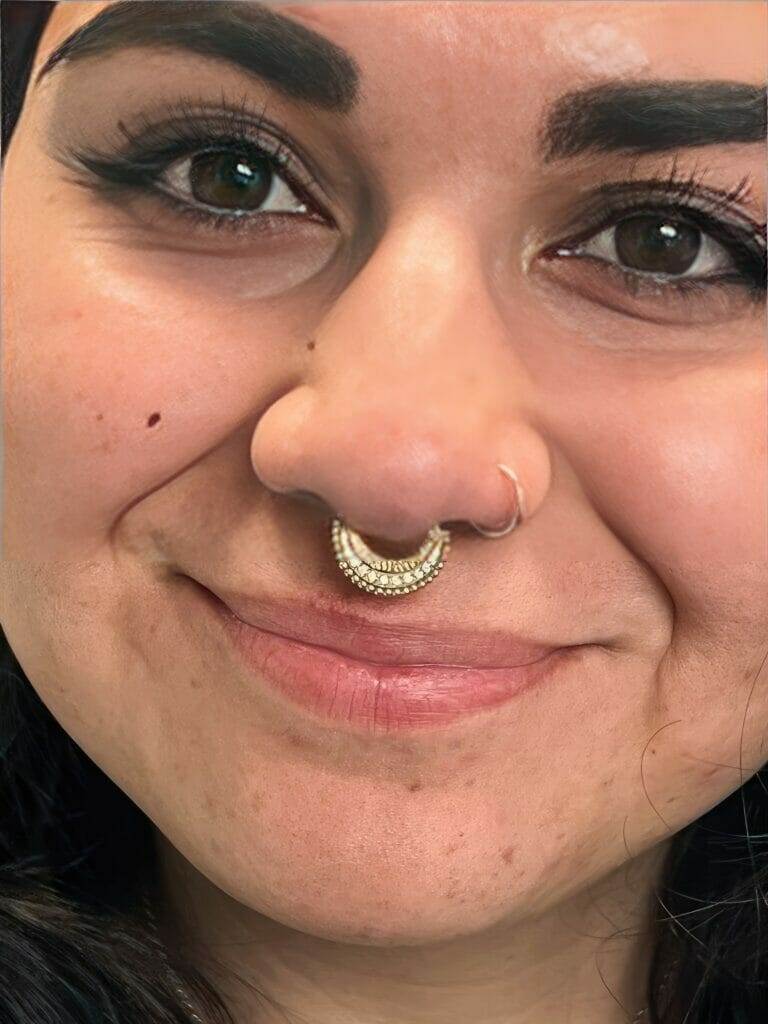
Maintaining a healthy piercing long-term requires regular cleaning and proper jewelry changes. Here are some tips for keeping your piercing clean and healthy:
– Clean the piercing regularly with saline solution or a mild soap and warm water.
– Avoid using harsh chemicals or beauty products near the piercing.
– Avoid touching or twisting the jewelry, as this can introduce bacteria and delay the healing process.
– Avoid swimming in pools, hot tubs, or bodies of water until the piercing is fully healed.
– Avoid sleeping on the side of the piercing to prevent irritation.
– Avoid changing or removing the jewelry until the piercing is fully healed.
It’s also important to seek professional help if any issues arise, such as excessive pain, swelling, or discharge. A professional piercer or healthcare provider can assess the situation and provide appropriate treatment.
Expressing Your Style Through Body Piercing
Body piercing is a form of self-expression and art that has been practiced for centuries. It allows individuals to showcase their unique style and creativity. From ancient times to modern day, body piercing has evolved and become more popular than ever.
When choosing a piercing, it’s important to consider factors such as pain level, healing time, workplace restrictions, and personal style. The piercing process should always be done by a professional piercer in a clean and sterile environment. Proper aftercare is crucial for ensuring a successful healing process and minimizing the risk of infection.
There are countless options when it comes to jewelry for body piercings, from classic studs to trendy hoops and barbells. It’s important to choose high-quality jewelry made from hypoallergenic materials to minimize the risk of an allergic reaction.
While there are some risks associated with body piercing, they can be minimized by choosing a reputable piercer, following proper aftercare instructions, and seeking medical attention if any issues arise.
In conclusion, body piercing is a unique and personal form of self-expression that allows individuals to embrace their individuality and showcase their style. Whether it’s a simple earlobe piercing or a more intricate genital piercing, body piercing has the power to transform and enhance one’s appearance. By following proper aftercare instructions and choosing high-quality jewelry, individuals can enjoy their piercings for years to come.

